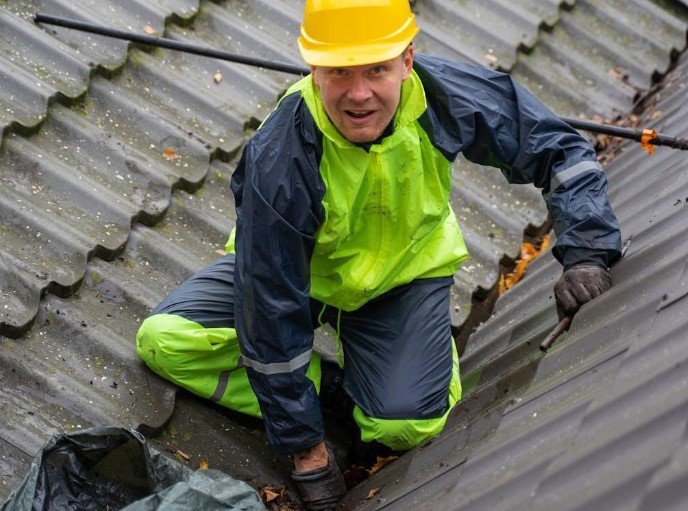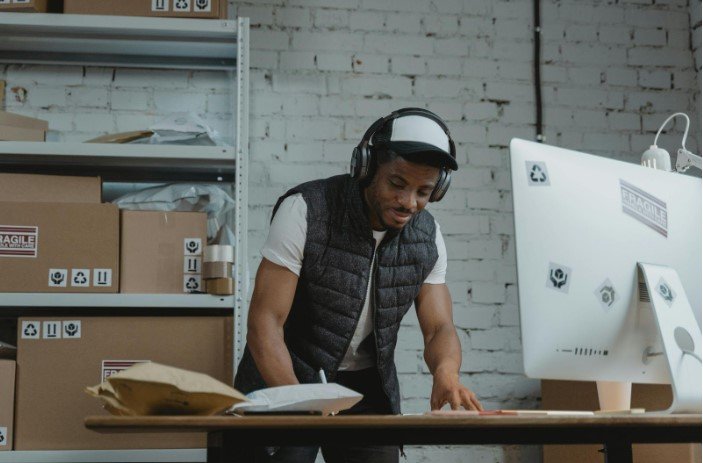APAP and Its Significance in Sleep Apnea

Although there is no known cure for sleep apnea, several treatment options exist; consider the Positive Airway Pressure (PAP) treatment as an example. PAP therapy’s most fundamental form is continuous positive airway pressure (CPAP). We’ll concentrate on the function of APAP in sleep apnea and its benefits and drawbacks, comparing it to other treatment modes like CPAP and bilevel.
Table of Contents
What is APAP?
Obstructive sleep apnea may be successfully treated using auto-titrating continuous positive airway pressure, often known as AutoCPAP therapy. It is transmitted through a face mask and tubing, which connect to a machine that creates a pressured flow of air that rises in response to the measurement of airway resistance.
APAP will raise the airflow pressure if it detects a rise in the air resistance. With the brain activation and blockage gone, carbon dioxide retention, the concomitant oxygen desaturation, and cortisol release accompanying sleep apnea episodes should also be resolved.
A range of pressures specified by the prescribing doctor and adjusted by the respiratory therapist is used to provide APAP treatment. Based on resistance measurements, the gadget self-adjusts.
The AutoCPAP’s pressure will typically be lower at night’s beginning and may progressively rise as needed during the night. The algorithms appear to increase pressure by accident. Theoretically, attempts at lower pressures might be made at subsequent times, but if the requirement persists, breakthrough episodes of sleep apnea may occur.
Other PAP Equipment
Aside from the APAP machine, other PAP machines help with sleep apnea episodes. Here are the machines and how they differ from each other:
ASV
ASV is the most advanced non-invasive ventilation option since it allows for the customisation of supported breath time, volume, and pressure support. Either auto servo-ventilation & adaptive servo-ventilation are other names for this.
AVAPS/ iVAPS
This abbreviation indicates average volume-assured pressure support is frequently employed in lung disorders like chronic obstructive pulmonary disease (COPD) that need extra assistance.
Autobilevel
Sometimes known as AutoBiPAP, AutoVPAP can change via various preset pressure choices, much like AutoCPAP. It could have pressure support settings that increase the volume of air with inspiration as well as a minimum expiratory pressure termed EPAP (similar to CPAP). A maximal inspiratory pressure, or IPAP, is often present.
Bilevel
This two-pressure treatment uses two pressures, also known as BiPAP or VPAP. The pressure changes as someone inhales and decreases when they exhale. Moreover, bilevel may lessen aerophagia and mask leaks and make it more pleasant to exhale. Additionally, it may diminish central sleep apnea and enhance the therapy of obesity-hypoventilation disorder as well as other neuromuscular respiratory diseases.
CPAP
A continuous air flow with only one pressure preset (measured in centimetres of water pressure).
Based on underlying medical problems, medicines, and the degree and type of sleep apnea, the prescribing board-certified sleep specialist usually decides what device or mode to utilise. Expenses or health coverage may come into play in various situations.
Advantages of AutoCPAP Therapy
Utilising APAP machine treatment has a number of definite advantages. This dynamic modification may enhance therapeutic response and decrease the apnea-hypopnea index (AHI) towards the desired therapeutic level. This makes AutoCPAP better than substitutes, such as using an oral device from a dentist or undergoing surgery.
Furthermore, it may help lessen some of the adverse effects that make it difficult for patients to adhere to their treatment regimens, as was mentioned above. By only advancing to the higher levels since more support is required, it would be possible to administer lower pressures for a more extended period throughout the night. This variation adapts the care to the patient’s needs, improving the entire experience for several individuals.
Disadvantages of AutoCPAP Therapy
It can take ages for the machine to settle into a therapeutic setting if the pressure range is too wide. Additional sleep apnea episodes and related symptoms may result from this.
Breathing episodes referred to as central apnea events may result from the range being set too high (complex sleep apnea). As a result, when the gadget is given the freedom to explore many alternatives, the parameters become more crucial.
Devices with automatic titration may cause issues in specific situations. In obesity hypoventilation syndrome, for instance, the use of Autobilevel machines is discouraged. The use of ASV devices seems to raise the risk of death in heart failure if the left ventricular ejection percentage is less than 45%.
Last but not least, an AutoCPAP usually is approximately $100 more costly than a conventional CPAP machine. Fortunately, insurance often covers this procedure, and for most individuals, the difference may not even be noticeable, given that the device has an average lifetime of more than five years.
Conclusion
Machines, like APAP machine, will enhance breathing while you sleep as they develop. Despite APAP having different capabilities and purposes, these devices—as well as the accompanying masks, tubing, and other necessary supplies—can seem remarkably similar. Consequently, it would be best if you still had the assistance of a qualified individual who can make the most significant use of these technologies to your advantage.












